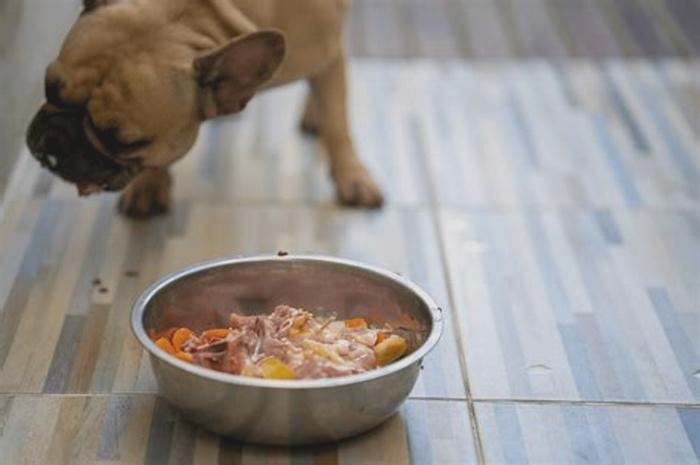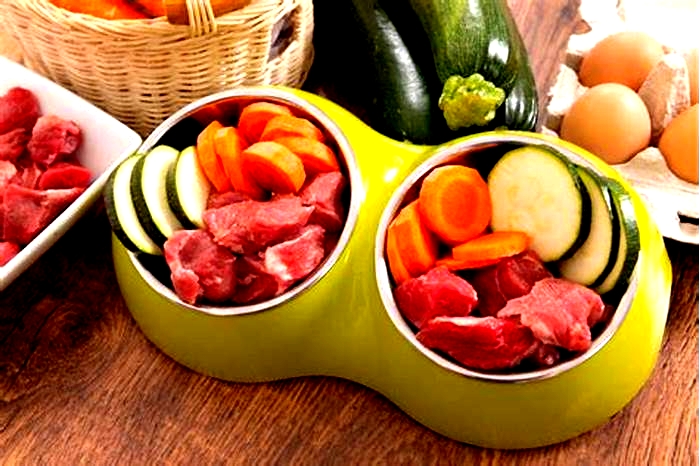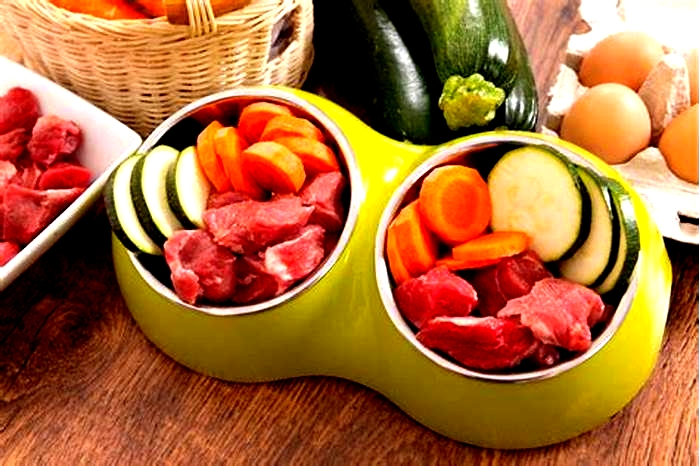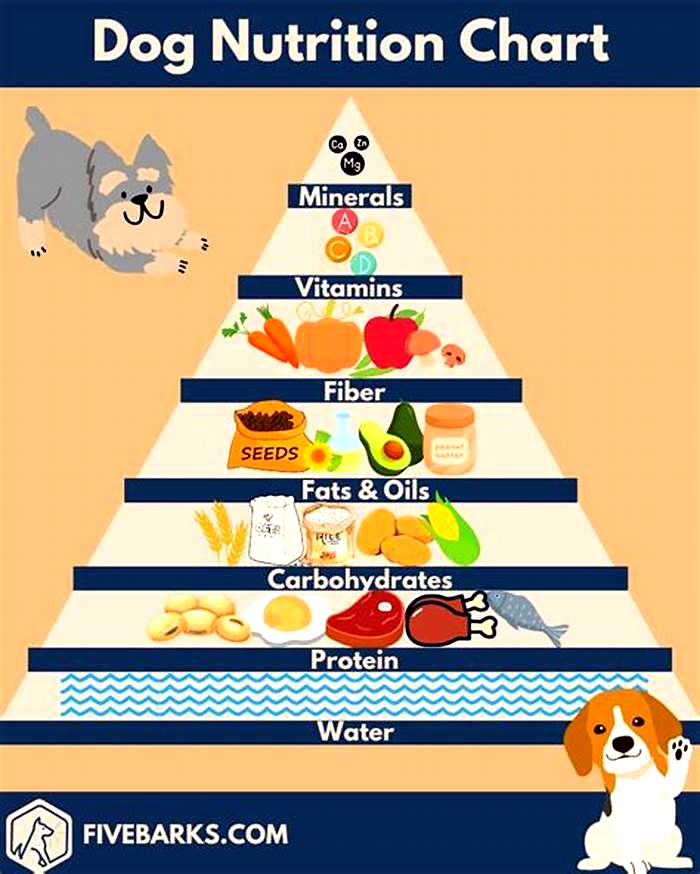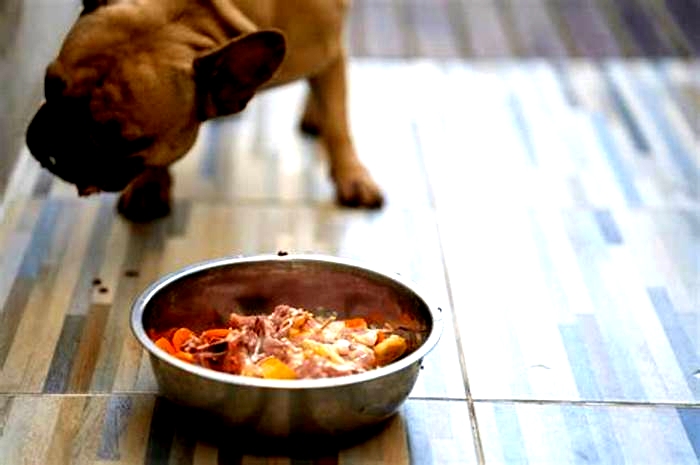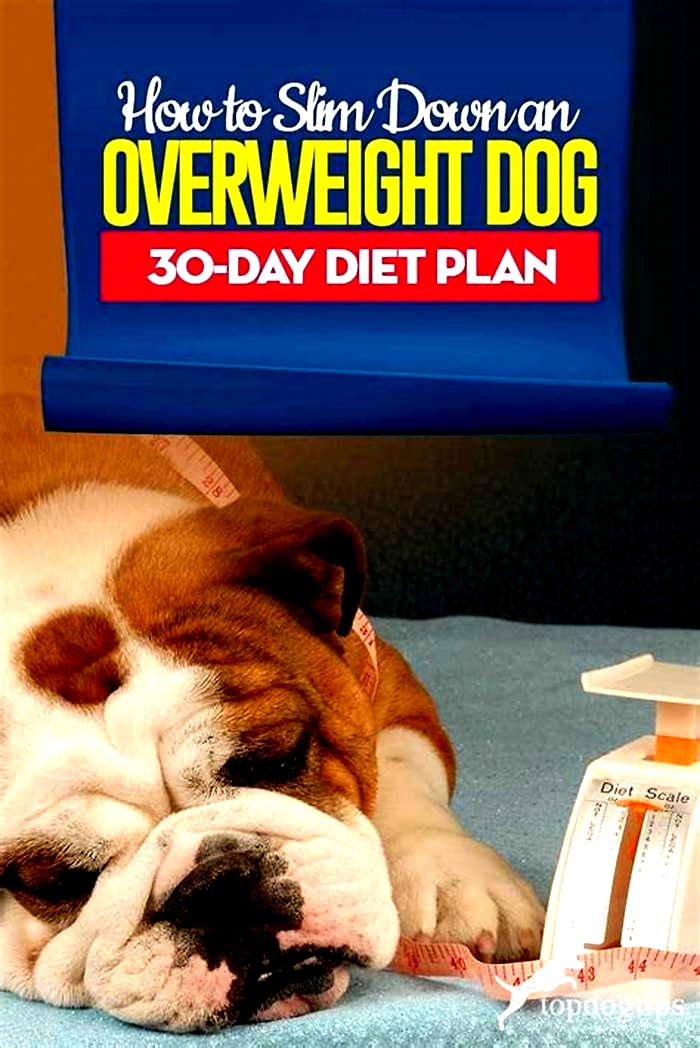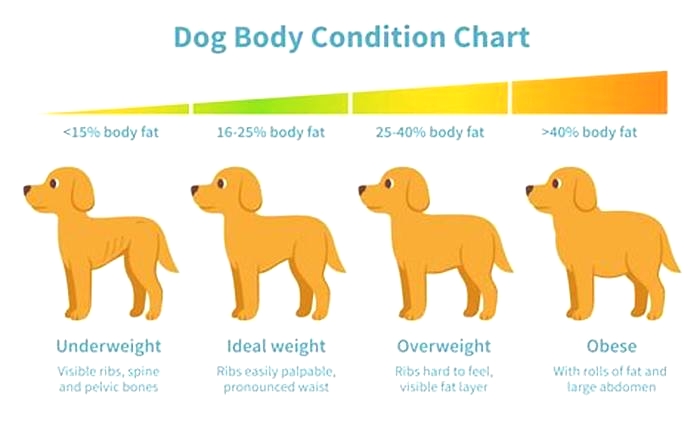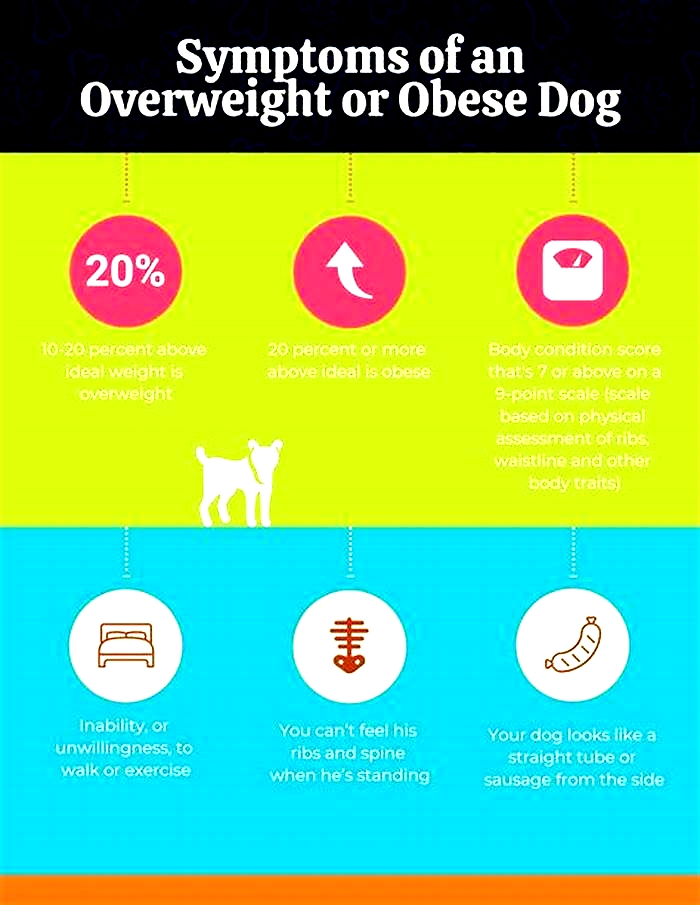Tailoring Your Dog s Diet to Combat Obesity Tips for Success
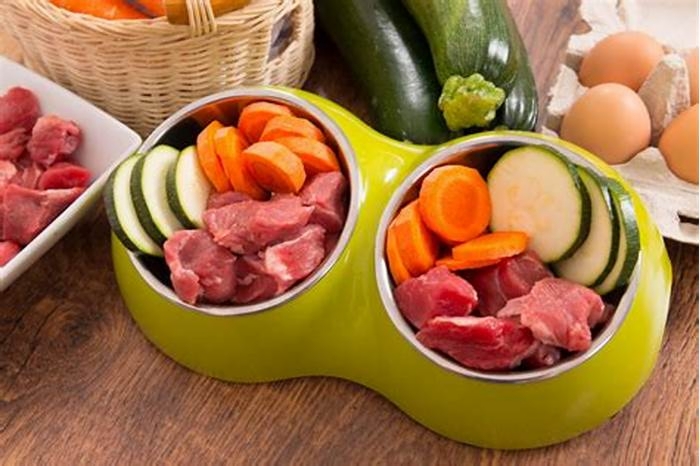
Common ways we mess up our pups nutrition
When you love your dog, you may feel the urge to spoil them with treats or come up with elaborate meal recipes. But some of the feeding choices we make out of love can turn into big mistakes depriving our dogs of necessary nutrients, overdoing fats or leaning too heavily on the magic of chicken and rice (which is supposed to be a temporary diet for upset digestive tracts).
Top tips for dog diets
- Feed a commercial diet that is certified as providing complete and balanced nutrition for your dogs life stage, or work with a board-certified veterinary nutritionist to plan a home-prepared diet that matches your dogs needs.
- Be conservative with treats. If you love giving your dog lots of little tidbits throughout the day, use low-calorie, low-fat snacks such as carrots or snap peas, or set aside part of their daily meals for treats.
- Make all diet changes gradually, and consider giving a probiotic during this transition period.
- Schedule an appointment with your veterinarian if your dog has chronic diarrhea or stomach upset to determine if there are other underlying causes.
Too many treats
When asked about where things often go awry with doggy diets, Dr. Joseph J. Wakshlag, section chief and professor of clinical nutrition, immediately responded, Too many treats!
It is common, even when the dog is on a commercial diet, that folks still like to feed treats or table scraps, Wakshlag says. Treats should be limited to no more than 15% of the daily calorie intake since these are often not complete and balanced foods, which may throw off nutrient intake.
Many veterinary nutritionists recommend limiting your dogs calories from treats to 10% of their total diet, especially if you are working on a weight-loss program. Even though many of us feel like we only give our dogs occasional table scraps, those bites add up quickly.
I was involved in a study looking at table-scrap feeding, or human foods to be more precise, and the average calories from these sources was about 20% of calories for the average dog, which is a bit too much, Wakshlag says. Veggies are often fine because they are low in calories, while the pizza crust, burger bites and fries are just way too high in calories, and can really lead to obesity and subpar nutrient intake.
The good news is that there are easy ways to get your dogs diet back in balance without denying them treats and snacks. Instead of feeding random food scraps, use part of your dogs primary diet as treats. Set aside part of each meal to use for training and random snacks. This is helpful both for weight-loss management and to ensure that your dog is eating a balanced diet.
Another option is to use healthy, low-calorie items as treats. Carrots, broccoli and snap peas are three examples that many dogs love.
Hazards of home-cooking
Home-prepared diets for dogs are increasing in popularity, but many veterinary nutritionists advise caution. It is critical to use a recipe that is deemed complete and balanced to make sure that your dog is getting everything that they need. For dogs with health conditions, a custom diet designed by a veterinary nutritionist is often the best plan.
If people are feeding home-prepared diets, this can be a problem, since there are a number of nutrients that are often deficient like calcium, B12, zinc, magnesium, etc., which can lead to subclinical deficiencies, Wakshlag says. The most egregious deficiency is usually calcium, which can lead to pathologic fractures in puppies and osteopenia with a risk of fracture.
But your dog can have their ground turkey cake and eat it too. If considering a home-cooked diet for your dog, ask your veterinarian to evaluate it for nutritional adequacy. Its very important to use vitamin and mineral mixes designed for home-prepared diets when feeding dogs, particularly if using primarily a meat-based diet plan, Wakshlag says.
Too much of a good thing
Our dogs love meats and fats, but overly rich foods dont always love them back. Overindulging can irritate your dogs pancreas and cause pancreatitis.
Pancreatitis is an extremely painful condition characterized by nausea, vomiting, lethargy, poor appetite, abdominal pain, diarrhea and fever. In severe cases, it can be fatal. Pancreatitis is treated with pain medications, anti-nausea medications and intravenous fluids. Most dogs who have survived pancreatitis have to stay on a strict, low-fat and low-protein diet for the rest of their lives to prevent recurrence.
Prevention is the best medicine when it comes to pancreatitis. Only give your dog small amounts of rich or fatty foods, especially if they have a history of having a sensitive GI tract. An occasional marrow bone is likely safe, but avoid making them a regular snack. (Also keep in mind that dogs can crack or break their teeth when chewing on these bones, or get hurt from splinters that break off and become lodged in their throat).
Long-term bland diets
Plain, boiled chicken and rice can save the day when your dog has diarrhea. Lean, cooked hamburger and cooked pasta are two other great options when your dog is sick and needs a bland diet to soothe their GI tract.
However, neither of these diets are balanced, and they are not safe to feed long-term because they have an incomplete nutritional profile.
If you find yourself whipping up a bland diet for your dog on a regular basis, then they may have a health condition more serious than a simple case of diarrhea. Some possible underlying causes include intestinal parasites, irritable bowel syndrome (IBS), pancreatitis, food intolerance, exocrine pancreatic insufficiency (EPI), Addisons disease, liver and kidney failure, food allergies or even cancer. The bland diet will help temporarily with your dogs discomfort, but wont resolve the underlying issue and may even make it worse over time.
Schedule a veterinary appointment to discuss your dogs symptoms and complete testing to figure out why your dog may still need a bland diet. Bloodwork, plus a fecal exam to check for parasites, is a great place to start. If those tests dont provide clear answers, your veterinarian may recommend additional blood tests, an X-ray or ultrasound, allergy testing or endoscopy.
Switching too quickly
If you need to change your dogs diet, do it gradually. Start by feeding 75% of the old diet mixed with 25% of the new diet. The next day, feed 50% of each diet, then on the third day feed 25% old and 75% new. This 4-day transition works for most dogs, but dogs with sensitive stomachs may need a longer, more gradual swap.
If you end up doing a sudden diet change, your dog may have some diarrhea because they arent used to the new diet yet. This is usually temporary and will resolve without treatment, but can be unpleasant for both of you. If the diarrhea lasts more than a day or two, or if your dog has other symptoms, call your veterinarian to get some probiotics or anti-diarrhea medications to help ease the transition.
This article has been reprinted with permission from the Cornell University College of Veterinary Medicines DogWatch newsletter, published by Belvoir Media Group. When you become a member of the Riney Canine Health Center, you will receive a free subscription to DogWatch.
Pet obesity How to be Treatwise for your pet
Our furry companions hold a special place in our hearts, bringing endless joy and love to our lives. We cherish every tail wag and purr, and what better way to express our affection than by showering them with the occasional treat? Unfortunately, those treats, when given a bit too generously, can quickly pile up leading to pet obesity.
As part of our mission to keep pets healthy, we want to help pet owners like you to become treatwise. Together, we can embark on a journey to ensure our pets lead the healthiest and happiest lives possible, beginning with their waistlines. Here, well take you through the facts of pet obesity, its warning signs, its consequences, and most importantly, how to prevent and manage it.
How common is obesity in pets?
Studies have found that up to 65% of dogs and a third of cats are overweight or obese in the UK. Carrying excess weight is often categorized as malnutrition in veterinary terms and the chief culprit behind this is typically an overindulgence in calories. Its a growing concern among veterinarians across the UK, and were here to address it head-on.
What causes pet obesity?
There are many factors such as overfeeding, a sedentary lifestyle, and an imbalanced diet. They all make animal obesity a formidable adversary for owners and vets to deal with. For instance: a staggering 1.4 million dogs miss their daily walks, according toPDSAs PAW report. While a study from Nottingham Trent University reveals that 41% of cats are strictly indoor pets. Just like humans, the equation is simple less exercise and too much food will lead to extra pounds. But dont fret; were not suggesting your furball needs to train for a marathon. They simply need the right diet tailored to their activity level.
What are the effects of obesity in animals?
The repercussions of obesity in dogs and cats are far-reaching, ultimately affecting your pets overall quality of life. Increased weight can lead to behavioural changes, such as excessive sleeping, a reluctance to play or exercise and, in some cases, food aggression. Physically, obesity can pave the way for problems such as diabetes, heart disease, arthritis and reduced immunity, putting them at greater risk of infections. Above all, a pet being overweight will reduce their life expectancy, ultimately reducing the time you have together.
What are the signs of an overweight cat?
Our feline friends can also pile on the pounds when we indulge them with treats. Spotting obesity in cats is as unique as their breeds, especially with their mysterious primordial pouch. For a cat to qualify as obese, they would need to tip the scales at over 20% of their optimal weight, while being 10-19% heavier classifies as overweight. Due to their small frame, in comparison to dogs, it doesnt take too much to go one way or the other.
Heres how to check your cat for signs of obesity:
- Run your hands along their side to feel for their ribcage. Ideally, you should feel their ribs without seeing them.
- For this bit, its best to have a birds eye view. When you look at your cat, their abdomen should tuck in, with minimal body fat around their waist.
- An overweight cat will display a larger abdomen with an indistinct waistline between their ribs and hips.
Top 10 pet weight management tips
If you suspect your dog or cat is carrying excess weight, here are our top 10 weight management techniques to trim their waistlines:
- Consult a Vet before making big changes, especially with pre-existing conditions.
- Reevaluate their diet. Ensure it is high in protein and low in fat, steering clear of excessive carbohydrates. Dont be afraid to shop around and ask questions.
- Monitor meal frequency, matching it to their age and size, to avoid weight-related health issues.
- Establish a meal schedule to help your pet anticipate their food.
- Be treatwise. Offer pet-friendly treats but limit them to no more than 10% of their daily intake, including table scraps.
- Prioritize quality over quantity; limited healthy treats can go a long way, while excessive and poor quality treats are a leading cause of pet obesity.
- Opt for slow/puzzle feeder pet bowls to prevent overeating.
- Encourage daily exercise through walks, runs, swims, or indoor play.
- Consider alternative therapies like hydrotherapy for low-impact exercise.
- Dont let your pet bully you. Some pets will try to manipulate you with sad looks or mischievous antics to get extra food. Stay strong and remember that these new habits are for their own good.
Need some inspiration for pet treats? Check out our pet-specific diet advice for cats, dogs and rabbits.
How to succeed in being treatwise
The secret to success is starting small. By gradually introducing these changes into your pets life, youll set them on a path to healthy weight loss and a better quality of life. Remember, these transformations wont happen overnight, but with your unwavering dedication, your pets will soon reap the rewards.
Your furry friends will adapt more easily if you introduce our top 10 tips gradually, ensuring a smooth transition. If youre ever in doubt about modifying your pets diet safely, dont hesitate to schedule a free consultation with one of our veterinary professionals at Animal Trust. Together, we can ensure your pets path to a healthier, happier life is a walk in the park.
Learn more about dog-friendly food and cat-friendly food.

Download the Treatwise infographic

